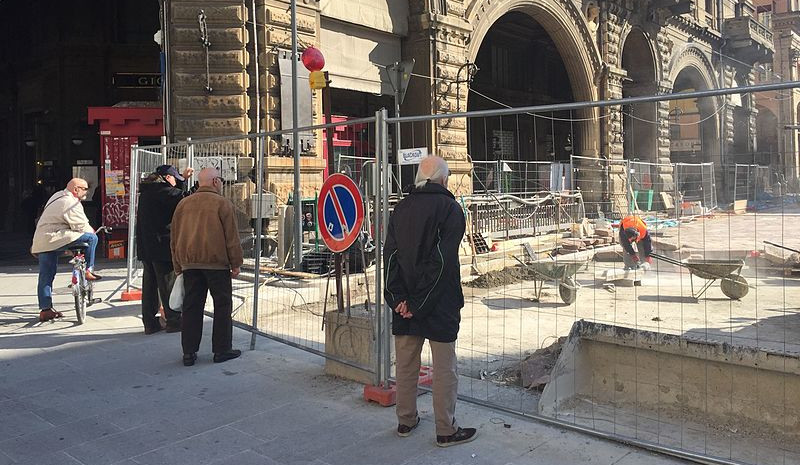SEVEN PLUS TWO = EIGHTEEN MINUS NINE = EIGHTEEN OVER TWO
That’s true enough on its face. But Susan Thorpe discovered that if each letter is replaced with the number of its position in the alphabet (A=1, B=2, etc.), then the equivalence persists — the values in each of the three phrases total 191.
(Susan Thorpe, “Number Name Equations,” Word Ways 30:1 [February 1997], 34-36.)
10/25/2020 UPDATE: Reader Jacob Bandes-Storch has found many more of these:
SIX OVER TWO PLUS TEN (277)
= FOUR MINUS ONE PLUS TEN (277)
= EIGHT OVER TWO PLUS NINE (277)
= ONE PLUS FIVE PLUS SEVEN (277)
= TWENTY SIX OVER TWO (277)
ONE PLUS ONE PLUS TWELVE (291)
= ONE PLUS TWO PLUS ELEVEN (291)
= TWO PLUS TWO PLUS TEN (291)
= FIFTEEN OVER THREE PLUS NINE (291)
= EIGHT MINUS THREE PLUS NINE (291)
FIFTEEN OVER THREE PLUS ELEVEN (312)
= EIGHT MINUS THREE PLUS ELEVEN (312)
= TWELVE OVER TWO PLUS TEN (312)
= ELEVEN MINUS THREE PLUS EIGHT (312)
FIFTEEN PLUS FORTY THREE = TWENTY NINE TIMES TWO = SEVENTY MINUS TWELVE (273)
THIRTEEN PLUS FIFTY SIX = TWENTY THREE TIMES THREE = EIGHTY EIGHT MINUS NINETEEN (285)
NINETEEN PLUS FIFTY THREE = THIRTY SIX TIMES TWO = SEVENTY THREE MINUS ONE (276)
TWO PLUS SEVENTY THREE = ONE HUNDRED FIFTY OVER TWO = NINETY THREE MINUS EIGHTEEN (292)
SEVENTEEN PLUS FIFTY EIGHT = ONE HUNDRED FIFTY OVER TWO = NINETY THREE MINUS EIGHTEEN (292)
FORTY PLUS FORTY FIVE = TWENTY EIGHT TIMES THREE = NINETY SIX MINUS ELEVEN (278)
TWO PLUS NINETY SEVEN = THIRTY THREE TIMES THREE = ONE HUNDRED FIVE MINUS SIX (also 278)
He says he hasn’t found any quadruplets where each phrase uses a single function and all are different, but this may yet be possible. (Thanks, Jacob.)





